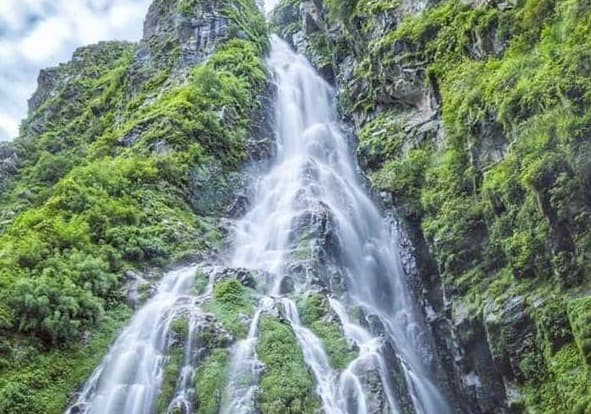Ever stood at the foot of the world's highest mountain, feeling its ancient majesty towering above you? If Everest Base Camp is on your bucket list, there's one thing standing between you and that breathtaking view: permits.

Here's the truth most trekking websites won't tell you upfront – navigating the permits for Everest Base Camp Trek isn't just a formality, it's essential for your journey's success and legality.
I've guided hundreds of trekkers through this process, and I've seen the panic when someone realizes mid-journey they're missing a crucial document. Don't be that person.
So what exactly do you need before setting foot on those legendary trails?
Understanding the Permit System for Everest Base Camp
Types of permits required for the EBC trek
Heading to Everest Base Camp isn't as simple as packing your bags and hitting the trail. There's a whole permit system we need to navigate before starting our adventure.
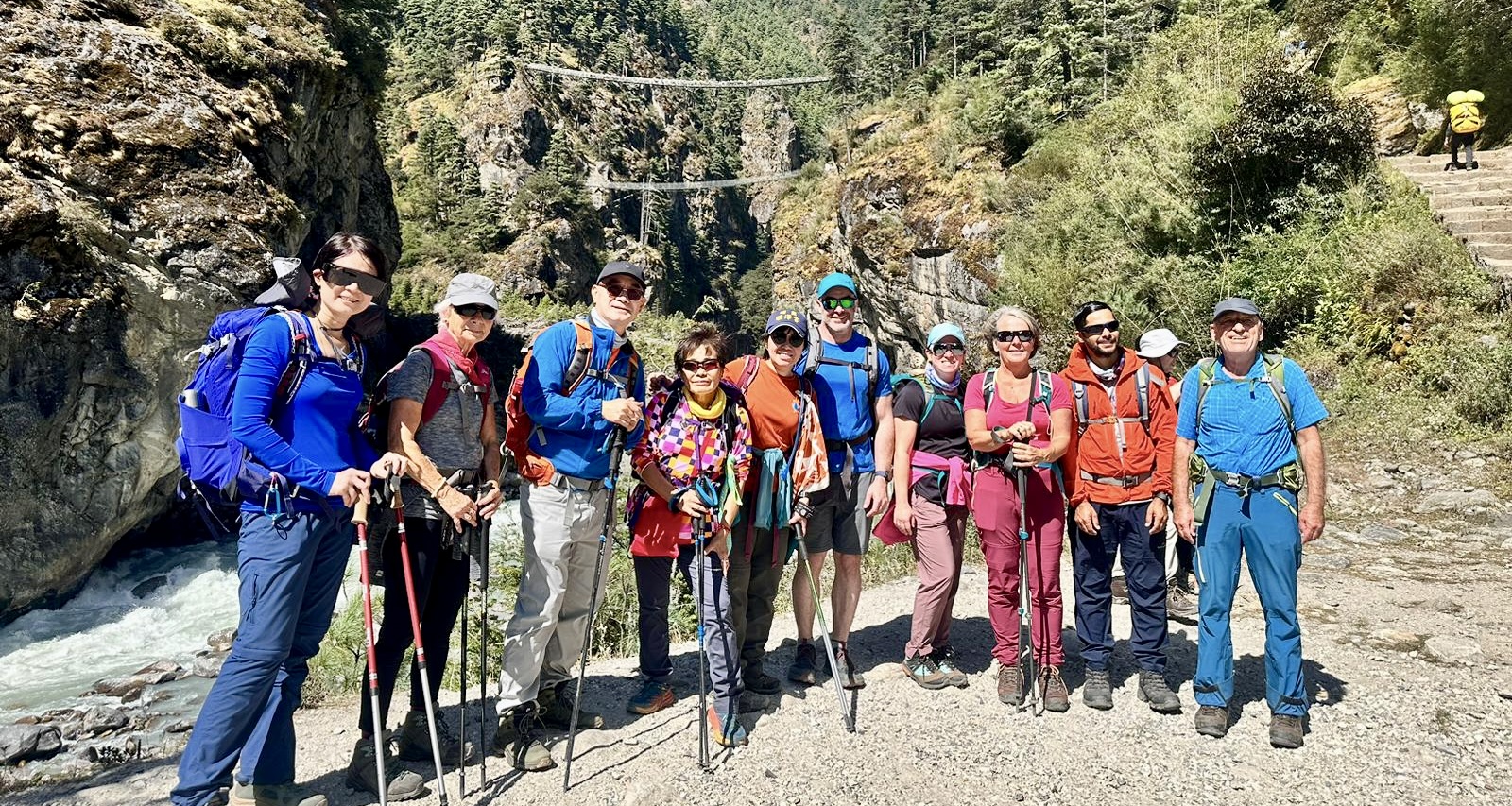
First up, you'll need the Sagarmatha National Park Entry Permit (SNP), which costs around $25 per person. This is non-negotiable since the entire trek passes through this UNESCO World Heritage Site.
Next on the list is the Khumbu Pasang Lhamu Rural Municipality Permit (formerly known as the TIMS card). This permit costs approximately $15 and helps manage tourist flow in the region.
For those taking the classic route from Lukla, these two permits are all you need. But if you're planning a more extended journey starting from Jiri or Salleri, you'll also need the Lower Khumbu Valley Permit for the additional areas you'll traverse.
The importance of obtaining proper permits
We can't stress this enough - proper permits are crucial! They're not just bureaucratic hoops to jump through; they serve real purposes.
These permits fund conservation efforts in the fragile Himalayan ecosystem. Every dollar spent on permits goes toward maintaining trails, managing waste, and preserving the natural beauty we all come to experience.
They also support local communities. The Sherpa villages along the route rely partly on these funds for development projects, schools, and healthcare facilities.
Most importantly, permits ensure your safety. They help authorities track trekkers in case of emergencies, which is vital in a region prone to sudden weather changes and natural disasters.
Consequences of trekking without valid permits
Trying to trek without proper permits? Not a good idea. We've seen travelers facing steep fines that far exceed the original permit costs, sometimes up to $500 or more.
Beyond the financial hit, you could be immediately expelled from the region and escorted back to Kathmandu. This is embarrassing and wastes precious vacation time.
The most serious consequence? Getting blacklisted from future trekking permits in Nepal. For mountain lovers, this is a devastating penalty that can last years.
There's also the ethical dimension. Trekking without permits means you're not contributing to conservation or local community development. In a region where tourism impact is significant, this isn't the responsible choice.
Essential Permits for Everest Base Camp Trek
Sagarmatha National Park Entry Permit
Getting into Everest Base Camp means walking through Sagarmatha National Park, and yes, you need a permit for that. We've been arranging these permits for years, and they cost NPR 3000 (about $25) for foreigners. Nepali nationals pay much less at NPR 100.
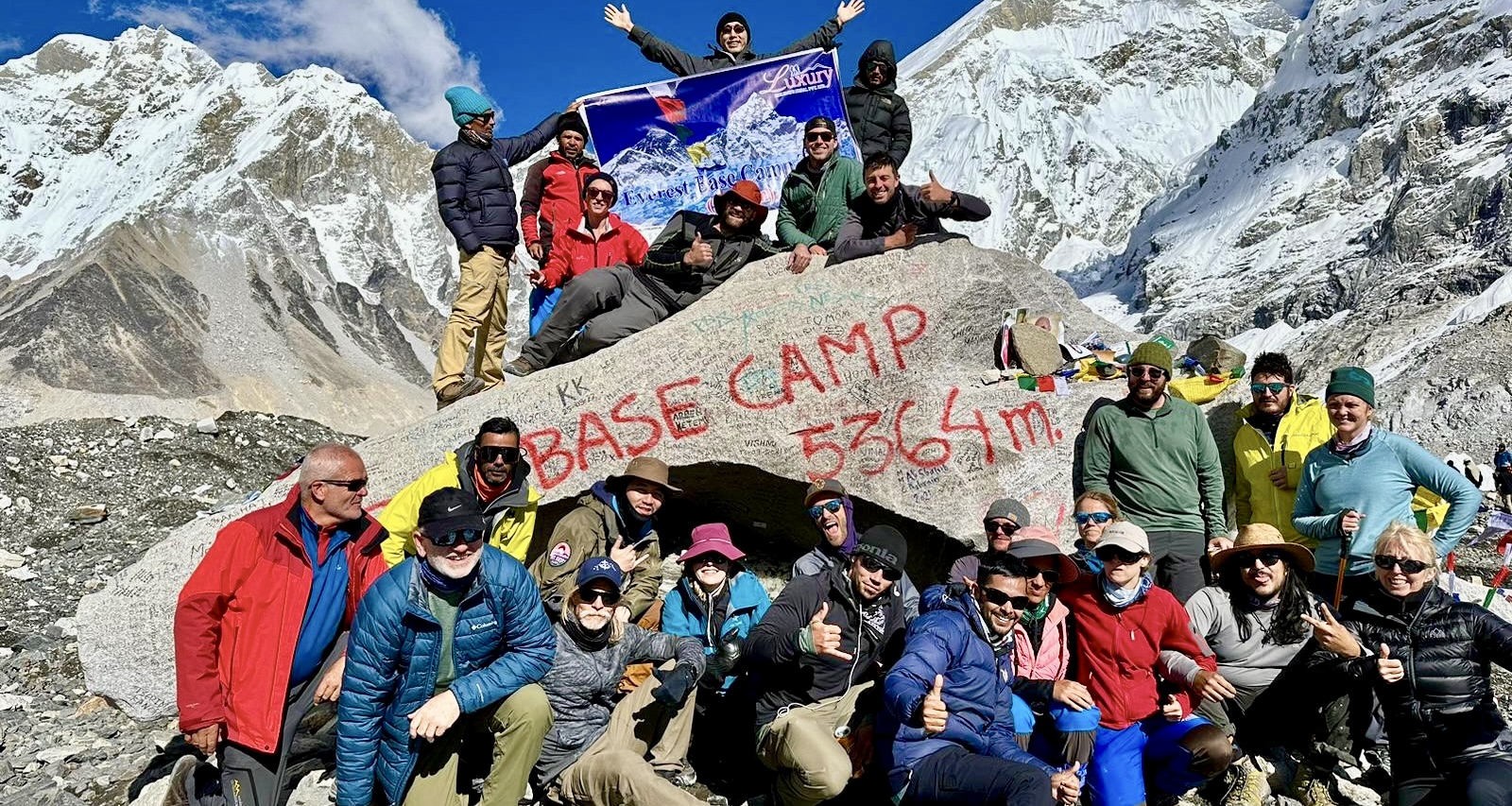
You can grab this permit in Kathmandu at the Nepal Tourism Board office or in Monjo, which is the park entrance. We recommend sorting it in Kathmandu to avoid any hassles on the trail. You'll need your passport and a couple of passport-sized photos when applying.
The permit helps protect this UNESCO World Heritage Site. The money goes toward conservation efforts and maintaining the trails we all love to trek.
TIMS (Trekkers' Information Management System) Card
The TIMS card used to be mandatory for the Everest region, but here's the good news - it's been replaced! Since January 2023, trekkers no longer need a TIMS card for the Everest Base Camp trek. This change has simplified the permit process considerably.
Khumbu Pasang Lhamu Rural Municipality Entrance Permit
This is the permit that replaced the TIMS card. We need to get this local permit for all our clients heading to the Everest region. It costs NPR 2000 (about $15) for foreign nationals.
You can obtain this permit in Lukla or Monjo. Our guides typically handle this for you upon arrival in the region. The fees support local infrastructure and community development in the Khumbu region.
Special Permits for Restricted Areas
Planning to venture beyond the standard EBC route? Some nearby areas require additional permits:
- Gokyo Valley Extension: No extra permit needed beyond the standard ones.
- Three Passes Trek: Same permits as the standard EBC trek.
- Everest Base Camp via Jiri: Same permits, just a longer approach.
- Restricted Areas like Upper Mustang or Tsum Valley: These require special restricted area permits ranging from $50-$500 depending on the region and season.
We always check the latest requirements before your trek since regulations can change. Our team handles all permit arrangements, so you can focus on enjoying your adventure.
Permit Costs and Fee Structure
Current pricing for all required permits
We've put together the most up-to-date permit costs for your Everest Base Camp trek. Prices can change, but here's what you need to budget:
- Sagarmatha National Park Entry Permit: $30 per person
- Khumbu Pasang Lhamu Rural Municipality Entrance Fee: NPR 2,000 (approximately $15)
TIMS Card (Trekkers' Information Management System):
- Independent trekkers: NPR 2,000 (approximately $15)
- Through a trekking agency: NPR 1,000 (approximately $8)
For trekkers coming from Jiri or Salleri, you'll also need:
Gaurishankar Conservation Area Permit: $20 per person
Most of our clients complete the trek in 12-14 days, which is reflected in these one-time permit fees.
Payment methods and currency requirements
Got questions about paying for your permits? We've got answers. For most permits, we accept:
- Cash payments in Nepalese Rupees (preferred)
- US Dollars (widely accepted but at varying exchange rates)
- Credit cards (available at the Nepal Tourism Board office with a 3 - 4% service fee)
When trekking with us, we handle all permit arrangements and include these costs in your package. For independent trekkers, bring extra cash as ATMs aren't available until you reach Namche Bazaar, and they often have withdrawal limits and high fees.
Where your permit fees go
Ever wondered what happens to the money you pay for permits? Your fees directly support the Everest region in multiple ways:
- Conservation efforts: About 30-40% goes toward protecting the fragile Himalayan ecosystem
- Trail maintenance: Roughly 25% helps repair and maintain the trails you'll trek on
- Local community development: Approximately 30% supports schools, health posts, and infrastructure
- Rescue operations: A portion funds emergency services and helicopter rescue coordination
By paying these fees, you're not just gaining access to one of the world's most breathtaking landscapes—you're helping preserve it for future generations and supporting the Sherpa communities who call this remarkable region home.
How to Obtain Permits for Your Trek
Getting permits in Kathmandu
Kathmandu is the most convenient place to get your Everest Base Camp trek permits. We recommend handling this a day before your trek begins. You'll need two main permits:
- Sagarmatha National Park Entry Permit (SNPEP) - Get this at the Nepal Tourism Board office in Pradarshani Marg, Kathmandu. Costs around $30 for foreigners.
- Khumbu Pasang Lhamu Rural Municipality Entrance Permit (formerly TIMS) - This replaced the TIMS card system in 2018. Costs about $20.
The offices usually open from 10 AM to 4 PM, Sunday through Friday. The whole process takes about 1-2 hours if there are no long queues. Morning visits typically mean shorter wait times.
Obtaining permits in Lukla or Monjo
Forgot your permits in Kathmandu? No sweat! You can get them along the trail too.
In Lukla, there's a permit counter at the check-in area after you land. The Khumbu Permit can be obtained here, though prices are slightly higher than in Kathmandu.
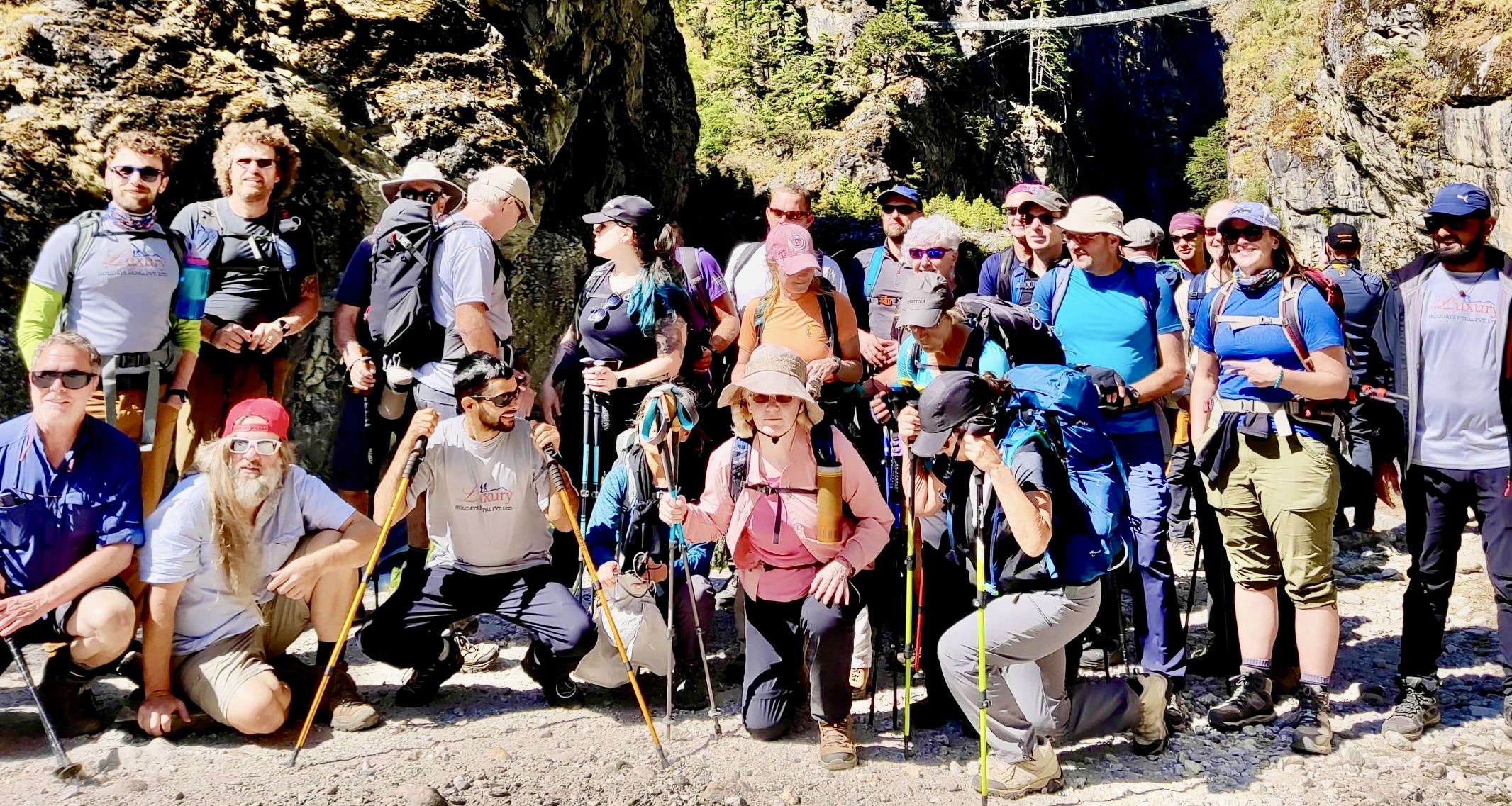
Monjo is your last chance to get the Sagarmatha National Park Entry Permit. There's a checkpoint here where rangers verify all trekkers have proper documentation before entering the park.
The catch? Prices are about 20% higher than in Kathmandu, and you might face delays during peak season (October-November and March-April).
Using a trekking agency vs. an independent application
Going with a trekking agency? Lucky you! We handle all the permit hassles as part of our packages.
Trekking Agency Benefits:
- No standing in lines or filling out forms
- Often get permits at official rates (no markup)
- Documentation handled professionally
- Avoid language barriers with officials
- Independent Application:
- Complete control over the process
- Potential cost savings (but minimal)
- Flexibility with timing
- Direct experience with Nepali bureaucracy
- Most trekkers find the convenience of agency-arranged permits worth every penny, especially first-timers to Nepal.
Required documents and photographs
Getting your permits is pretty straightforward if you come prepared:
- A passport with at least 6 months' validity
- 2-4 passport-sized photos (bring extras just in case)
- Permit fees in Nepali Rupees (cash only)
- Completed application forms (available at permit offices)
Pro tip: We always recommend bringing at least 4 extra passport photos for your Nepal trip. They're needed for various permits, and getting them in remote areas is either impossible or expensive.
For foreign currency exchange, there are plenty of authorized money changers in Thamel (Kathmandu's tourist district) offering better rates than hotels or the airport.
Luxury Holidays Nepal's Permit Service
All-inclusive permit packages
We've streamlined the entire permit process for your Everest Base Camp trek with our comprehensive packages. When you book with us, we handle everything - the Sagarmatha National Park Permit, TIMS card, and Khumbu Pasang Lhamu Rural Municipality Entry Permit are all included in your package price. No hidden fees, no surprise charges.

Our all-inclusive approach means you pay once and forget about permit hassles. We've designed our packages after years of experience, knowing exactly what trekkers need. Whether you're a solo adventurer or part of a group, our permit packages accommodate all situations and special requirements.
Expert handling of paperwork and bureaucracy
The permit system for Everest Base Camp can be a maze of paperwork, changing regulations, and government offices. Our team navigates this complexity daily. We've built relationships with permit offices in Kathmandu and maintain constant communication with authorities about policy changes.
We fill out all documentation correctly the first time, using our expertise to avoid common pitfalls that cause delays. Our staff personally visits the permit offices so you don't have to waste precious vacation time standing in lines.
Time-saving benefits for trekkers
Securing permits independently can eat up 1-2 full days of your Nepal trip. With us, that time is yours to enjoy. While we handle the permits, you can explore Kathmandu, prepare for your trek, or simply relax.
Our efficient system means your permits are typically ready within 24 hours of your arrival. We've refined our process over thousands of treks, eliminating the confusion and stress of permit acquisition.
Emergency permit assistance
Things don't always go according to plan in the mountains. If you need to extend your trek, we provide urgent permit renewal services. Our team in Kathmandu stays on standby during your entire journey to address any permit-related emergencies.
We've helped trekkers who lost permits, needed unexpected extensions, or required permit modifications due to illness or weather delays. Our emergency contacts work outside normal hours when needed, ensuring your trekking experience remains smooth even when complications arise.
Seasonal Variations in Permit Regulations
High Season vs. Off-Season Differences
Timing matters when planning your Everest Base Camp trek. We've noticed permit regulations shift dramatically with the seasons. During high season (March-May and September-November), permits are more expensive due to higher demand. You'll pay around $50 for the Sagarmatha National Park permit compared to slightly reduced rates in off-season.

But it's not just about cost. During peak months, we've experienced much longer lines at permit checkpoints, sometimes adding hours to the journey on busy days. In contrast, off-season trekkers breeze through these checkpoints in minutes.
The TIMS card requirement remains consistent year-round, but we've found authorities are often more stringent with checking documentation during high season.
Special Winter Trekking Permits
Winter trekking (December-February) comes with its own set of rules. We don't require additional permits for winter treks, but the existing permits often come with winter-specific restrictions. Most notably, we've seen authorities implement stricter solo trekking policies during winter months for safety reasons.
Some high passes might require special permissions that aren't necessary in other seasons. We always check with the Nepal Tourism Board before heading out in winter, as regulations can change without much notice.
Monsoon Season Considerations
Trekking during monsoon (June-August) is tricky. While permit fees drop to their lowest, we've found additional documentation is sometimes required. Landslide-prone areas often need special clearance documents that aren't necessary in drier months.

We've also noticed that certain bridges and paths get temporary restrictions during heavy rainfall periods, requiring trekkers to obtain day-specific passage permits from local authorities. These aren't expensive (typically $5-10) but are absolutely crucial.
The good news? TIMS card processing is typically faster during monsoon, and we've experienced more flexibility with last-minute permit applications than during peak seasons.
Navigating Permit Checkpoints During Your Trek
Major checkpoint locations on the EBC route
Trekking to Everest Base Camp involves passing through several checkpoints where permits are verified. We've helped countless trekkers navigate these checkpoints, and knowing what to expect makes a huge difference.

The first major checkpoint is at Lukla, where officials check your permits before you even start the trek. Next, you'll encounter the Sagarmatha National Park entrance at Monjo, which is about a day's hike from Lukla. This is where your TIMS card and Sagarmatha National Park permit get their first official stamp.
Moving higher, there's another important checkpoint at Namche Bazaar, the largest settlement in the Khumbu region. After Namche, you'll find checkpoints at Tengboche, Dingboche, and finally near Gorak Shep before reaching Everest Base Camp.
Documentation verification process
When we reach a checkpoint, the process is pretty straightforward but requires attention. Park rangers or officials will ask to see all your permits – your TIMS card, Sagarmatha National Park permit, and the Khumbu Pasang Lhamu Rural Municipality permit.
They'll verify that the details match your passport, check the photos on your permits, and ensure all necessary fees have been paid. The officials record your information in their logbooks and stamp your permits to show you've passed through legitimately.
Sometimes they might ask a few questions about your itinerary or where you're staying. It's all part of their effort to monitor tourist flow and ensure everyone's safety.
Tips for smooth checkpoint crossings
We've guided hundreds of treks, and here's what works best for hassle-free checkpoint experiences:
- Keep your permits and passport accessible in a waterproof pouch or ziplock bag
- Arrive at checkpoints early in the day to avoid queues during peak trekking seasons
- Have digital backups of all your permits on your phone as a precaution
- Be respectful and patient with the checkpoint staff – they're just doing their job
- Don't try to bypass checkpoints – penalties can be severe and you might be sent back
Rangers sometimes conduct random checks along the trail, so always carry your documents with you, not in your porter's bag. We've seen trekkers forced to wait for hours while their porter is tracked down – not a fun way to spend your adventure!
Permit FAQ and Troubleshooting
What to do if you lose your permits
Losing your permits during the Everest Base Camp trek can be stressful, but we've got you covered. If you discover your permits are missing, immediately contact your guide or agency. We can help you report the loss to the nearest checkpoint or police station.
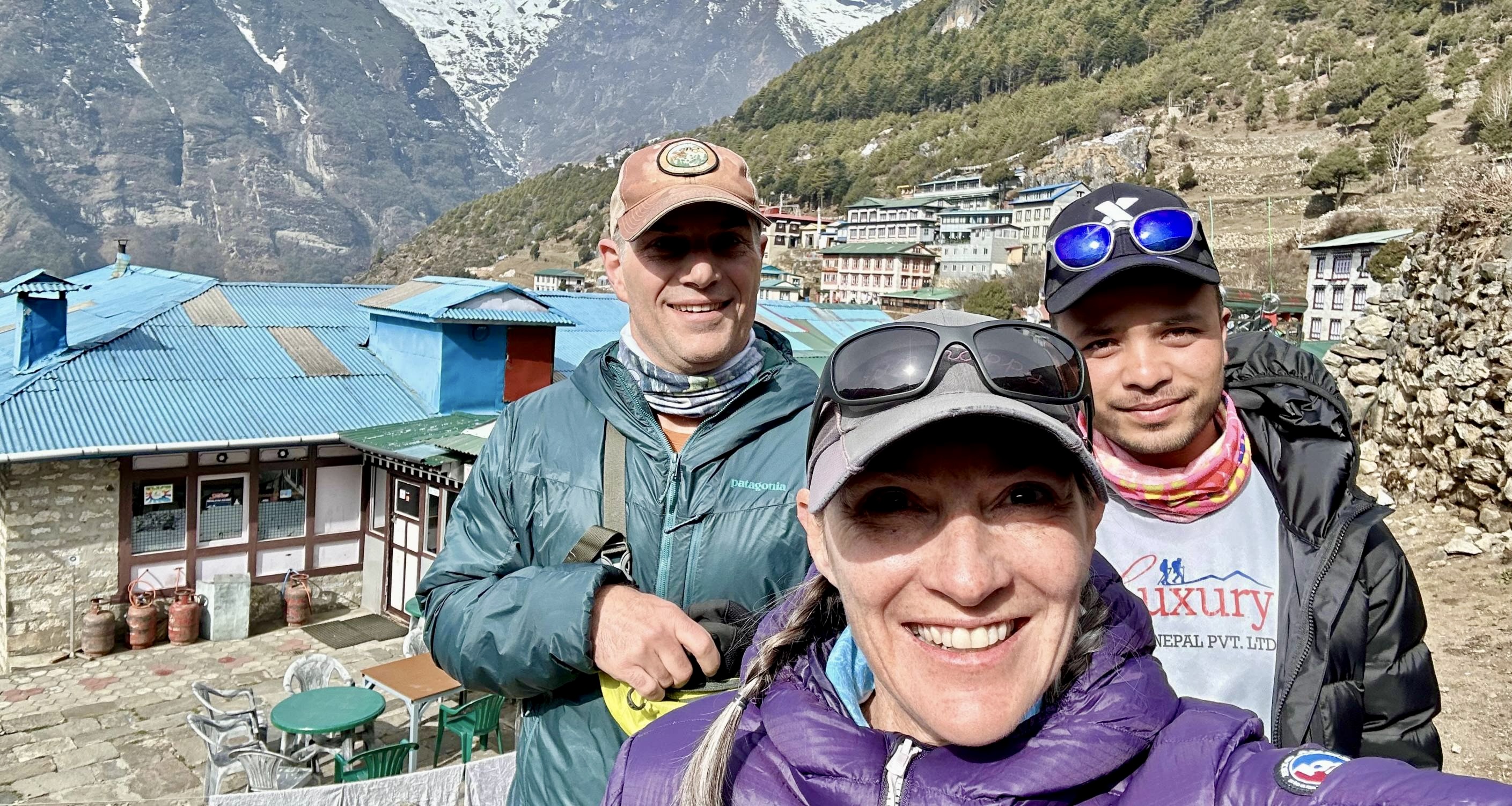
For replacement permits, you'll need to visit the permit issuing office in Kathmandu with your passport and a small fee. This usually takes about 24 hours. If you're already on the trail, your guide can sometimes contact the agency in Kathmandu to arrange replacements that can be sent to the nearest town.
Always keep digital copies of all your permits on your phone and cloud storage as backup. We also recommend our trekkers carry photocopies separate from the originals.
Permit extension procedures
Need to stay longer? No problem! Weather delays or health issues sometimes require extending your stay in the Everest region. For permit extensions, we need to submit a request before your original permit expires.
The process involves:
- Visiting the immigration office in Kathmandu or having your guide arrange it
- Providing your passport and original permit
- Paying an extension fee (approximately $20-30 per day)
- Waiting for processing (usually same-day)
During peak season, we recommend requesting extensions at least 2-3 days before your permit expires to avoid any complications.
Group vs. individual permit considerations
When deciding between group and individual permits, we've noticed several important differences:
|
Consideration |
Group Permits |
Individual Permits |
|
Cost |
More economical (shared fees) |
Higher per person |
|
Flexibility |
Less (must stay together) |
More (freedom to split) |
|
Processing time |
Sometimes faster |
Standard |
|
Responsibility |
Shared |
Personal |
We typically recommend group permits for families and friends traveling together, as they're more cost-effective. However, if you value flexibility (like taking rest days while others continue), individual permits might be worth the extra cost.
Remember, even with group permits, each trekker still needs their own TIMS card.
Common permit-related issues and solutions
Over our years guiding trekkers, we've encountered several common permit problems:
Checkpoint discrepancies: Sometimes, checkpoint officials might question permit details. Our guides are trained to handle these situations professionally with proper documentation.
Expired permits: If you accidentally overstay, you'll face fines of $20-100 per day. We always track permit validity dates for our clients.
Wrong zones listed: Occasionally, permits might not include all areas you plan to visit. We double-check all permits before departure to ensure complete coverage.
Illegible stamps: Rain or water damage can make permit stamps unreadable. We provide waterproof pouches to all our trekkers.
Our guides carry satellite phones to contact our Kathmandu office immediately if any permit issues arise during your trek.
Recent changes to the permit system
The permit system for Everest Base Camp has undergone several changes recently:
As of now, all trekkers must purchase the Khumbu Pasang Lhamu Rural Municipality entrance fee (previously optional). The fee increased from NPR 2000 to NPR 3000 (approximately $25).

Digital verification systems have been implemented at major checkpoints, reducing fraud and speeding up the process. We've noticed this has made checkpoint crossings much faster during peak season.
The TIMS card system has been modified, with different colored cards now indicating guided vs. independent trekkers. Independent trekkers pay higher fees.
Foreign filming permits now require additional clearance if you plan to use drone footage or professional camera equipment.
We stay up-to-date with all these changes to ensure our clients have the proper documentation for a smooth trekking experience.
Navigating the permit system for the Everest Base Camp Trek is a crucial part of your journey preparation. As we've explored, trekkers need several essential permits, including the TIMS card and Sagarmatha National Park entry permit, each with specific costs depending on your nationality and trekking season. Luxury Holidays Nepal simplifies this process by handling all permit acquisitions as part of their comprehensive service, allowing you to focus on the adventure ahead rather than administrative paperwork.
Remember that permits are not just bureaucratic requirements but essential conservation tools that help preserve the natural beauty and cultural heritage of the Everest region. By understanding the checkpoint system and being prepared with the right documentation, you'll enjoy a smoother trekking experience. Whether you're planning your trek for the popular spring and autumn seasons or the quieter winter and monsoon periods, proper permit planning is your first step toward an unforgettable Himalayan adventure.
If you need any further information, please contact us by email: [email protected], Phone: +977- 985 100 5129 (WhatsApp).



